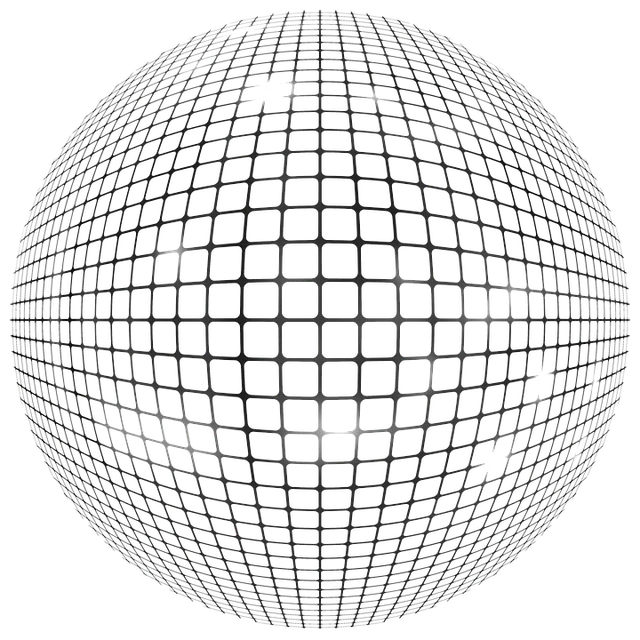Kratom, a Southeast Asian tree, has garnered attention for its medicinal properties, particularly its analgesic effects derived from compounds like mitragynine and 7-hydroxymitragynine, which interact with brain opioid receptors to relieve muscle soreness. This makes it beneficial for those experiencing pain from intense physical activity or chronic conditions. Additionally, kratom's alkaloids are being explored for their potential to inhibit melanin production, which could help in treating skin hyperpigmentation by lightening the skin. However, it's crucial to note that while these dermatological benefits are promising, more research is needed to fully understand kratom's impact on skin health and address safety concerns. For those considering kratom for muscle care or its potential effects on skin pigmentation, it's advisable to consult healthcare professionals to ensure safe usage. A balanced approach that includes a tailored kratom regimen and proper skincare practices is key to optimizing the plant's benefits while minimizing potential side effects related to skin hyperpigmentation.
explore the multifaceted benefits of kratom, a plant-based compound gaining attention for its dual role in alleviating muscle soreness and addressing hyperpigmentation concerns. This article delves into the therapeutic properties of kratom leaves, their impact on post-exercise recovery, and how they can be incorporated into a holistic health regimen that balances muscle care with skin health management. By examining kratom’s effects on muscle relief and its potential influence on hyperpigmentation, readers will gain insights into harnessing this natural substance for comprehensive wellness support.
- Understanding Kratom's Role in Muscle Soreness Relief and Its Impact on Skin Hyperpigmentation
- Exploring the Therapeutic Properties of Kratom Leaves for Muscle Recovery and Potential Effects on Hyperpigmented Skin
- Integrating Kratom into a Holistic Health Regimen: Balancing Muscle Care with Hyperpigmentation Management
Understanding Kratom's Role in Muscle Soreness Relief and Its Impact on Skin Hyperpigmentation

Kratom, a tropical evergreen tree native to Southeast Asia, has garnered attention for its diverse pharmacological properties. Among its myriad effects, kratom is recognized for its potential role in alleviating muscle soreness. Its primary active compounds, mitragynine and 7-hydroxymitragynine, interact with the opioid receptors in the brain, leading to pain relief. This interaction can be particularly beneficial for individuals experiencing muscle soreness from intense physical activity or chronic pain conditions. Users often report a reduction in discomfort, which may facilitate a more consistent exercise regimen and promote healing, thereby enhancing overall muscle health.
In addition to its analgesic properties, research has also been conducted on kratom’s impact on skin hyperpigmentation. While traditionally known for its effects on pain and energy levels, the alkaloids present in kratom leaves may offer dermatological benefits as well. Some studies suggest that certain strains of kratom can potentially inhibit the overproduction of melanin, which is responsible for dark patches or hyperpigmentation on the skin. This could be attributed to its anti-inflammatory and antioxidant effects, which not only aid in skin lightening but also contribute to overall skin health. Users who incorporate kratom into their skincare routine may observe a decrease in pigmentation spots over time, although more extensive scientific research is needed to fully understand the extent of its dermatological effects and safety considerations.
Exploring the Therapeutic Properties of Kratom Leaves for Muscle Recovery and Potential Effects on Hyperpigmented Skin

Kratom, a tropical evergreen tree native to Southeast Asia, has been traditionally used for its medicinal properties. Its leaves contain a variety of alkaloids, with mitragynine and 7-hydroxymitragynine being the most prominent. These compounds have been found to interact with opioid receptors in the brain, providing pain relief which can be beneficial for muscle soreness. For individuals experiencing discomfort from intense physical activities or injuries, kratom may offer a natural alternative to manage pain without the side effects commonly associated with pharmaceutical analgesics. Additionally, emerging research suggests that kratom may have therapeutic potential beyond pain management, potentially aiding in muscle recovery through its anti-inflammatory and antioxidant properties.
Beyond its well-documented effects on pain relief, there is growing interest in the dermatological benefits of kratom, particularly concerning hyperpigmentation. Hyperpigmentation can arise from various factors, including sun exposure, acne, aging, and inflammation. Kratom’s alkaloids may influence skin pigmentation through their anti-inflammatory actions, which could help in the treatment of conditions like melasma or age spots. Preliminary studies indicate that certain kratom strains, particularly those with higher levels of rhizophenine and speciogynine, might offer a potential solution for hyperpigmentation issues. However, it is crucial to approach such claims with caution, as scientific evidence is still evolving, and the long-term effects of using kratom topically or internally on the skin require further investigation. Users are advised to consult healthcare professionals before integrating kratom into their skincare regimen or for managing muscle soreness, to ensure its safe and effective use within the context of an overall health plan.
Integrating Kratom into a Holistic Health Regimen: Balancing Muscle Care with Hyperpigmentation Management

When considering the integration of kratom into a holistic health regimen, it’s crucial to approach its use with a balance between muscle care and hyperpigmentation management. Kratom, derived from the leaves of the Mitragyna speciosa tree, is often sought after for its potential analgesic properties, which can provide relief from muscle soreness. This makes it a valuable addition for those engaged in physically demanding activities or recovering from injury. When incorporating kratom into a wellness routine focused on muscle care, individuals should be mindful of the strain and dosage to ensure it aligns with their specific needs and health goals.
In parallel with addressing muscle soreness, managing hyperpigmentation becomes an integral aspect of holistic health. Kratom skin hyperpigmentation is a concern for some users, as certain strains or prolonged use can potentially lead to pigmentary changes in the skin. To mitigate this, it’s essential to maintain a balanced approach to kratom consumption and to employ complementary skincare practices. This may involve using topical treatments, adhering to a healthy diet, and protecting the skin from sun exposure to prevent darkening or discoloration. By carefully integrating kratom into a comprehensive health regimen that includes attentive muscle care and proactive hyperpigmentation management, individuals can pursue overall well-being without neglecting the health of their skin.
In conclusion, the multifaceted potential of kratom extends beyond its traditional uses, offering relief for muscle soreness while also addressing concerns related to skin hyperpigmentation. As evidenced from the research explored in this article, integrating kratom into a holistic health regimen can provide significant benefits for individuals seeking natural solutions for muscle recovery and hyperpigmentation management. It is clear that further scientific investigation is warranted to fully understand the mechanisms behind these effects and to optimize safe usage. Prospective studies should be conducted to substantiate the current findings, ensuring that those who may benefit from kratom’s therapeutic properties can do so with informed guidance and appropriate precautions in place.






